Korea is a like-minded partner that shares our values: a strong democracy, an open market economy, and respect for the rule of law. Our like-mindedness, along with political, economic, and vibrant people-to-people links, are points of familiarity which enable the free exchange of views and provide a platform for us to cooperate. In October 2025, we upgraded our relationship to a Comprehensive Strategic Partnership.
The Korea-New Zealand Free Trade Agreement (KNZFTA) is a high quality, comprehensive agreement delivering significant commercial benefits to New Zealand exporters. Signed on 23 March 2015, and in force since 20 December 2015, KNZFTA marked a significant milestone in our bilateral relationship and has enabled a sizeable growth in two-way trade.
Korea is a key trading partner for New Zealand, with two-way trade worth $9.02 billion in the year ending June 2025, more than doubling since KNZFTA entered into force. Currently, Korea is New Zealand’s fifth-largest trading partner.
In the year ending June 2025, New Zealand exported $3 billion of total goods and services to Korea and imported $6.02 billion. Korea is New Zealand’s sixth largest export destination for goods and services and fifth largest import source of goods and services.
KNZFTA facilitates the movement of goods and services, removes various trade barriers, provides greater certainty to investments, and enables a framework for discussing and resolving trade-related issues. It also allows for more cooperation in such areas as agriculture, education and trade facilitation.
Some of New Zealand’s key competitors enjoyed preferential access into the Korean market prior to KNZFTA. KNZFTA helps reduce this imbalance, allowing New Zealand exporters to compete on a more level playing field.
Tourism and education services, which had fallen precipitately due to COVID-19 restrictions, have recovered well. The New Zealand brand continues to resonate well in Korea with consumers, and also education and tourism stakeholders.

